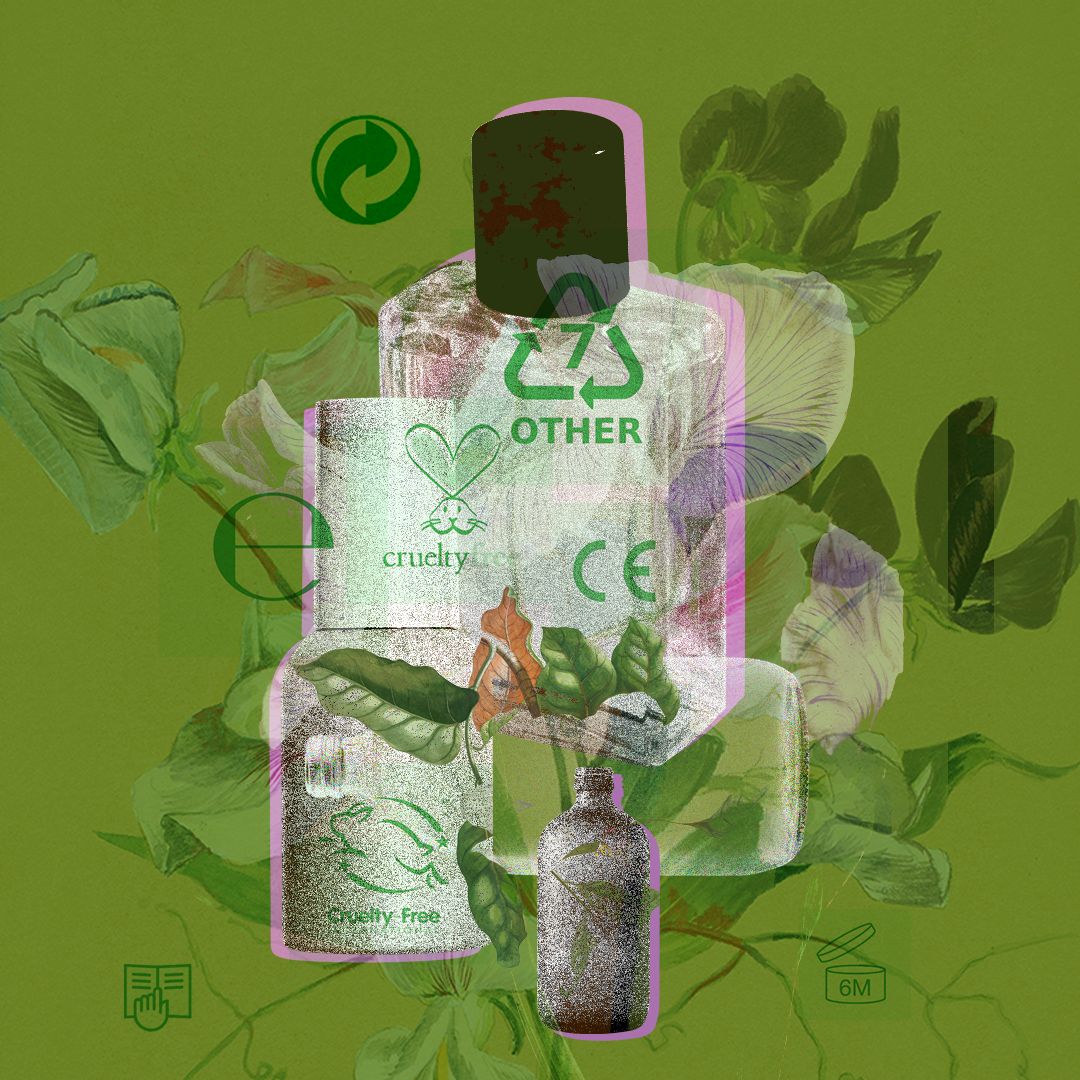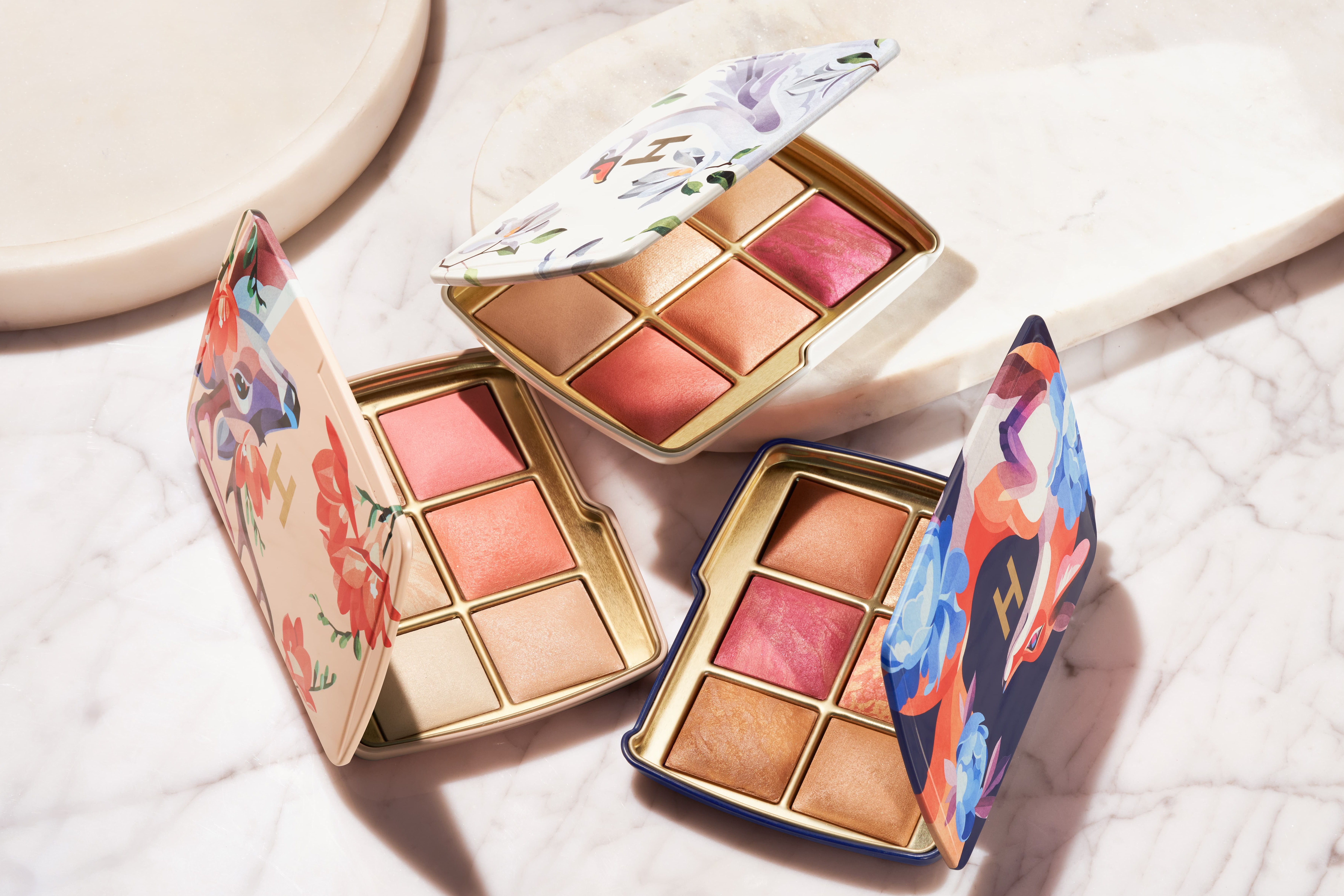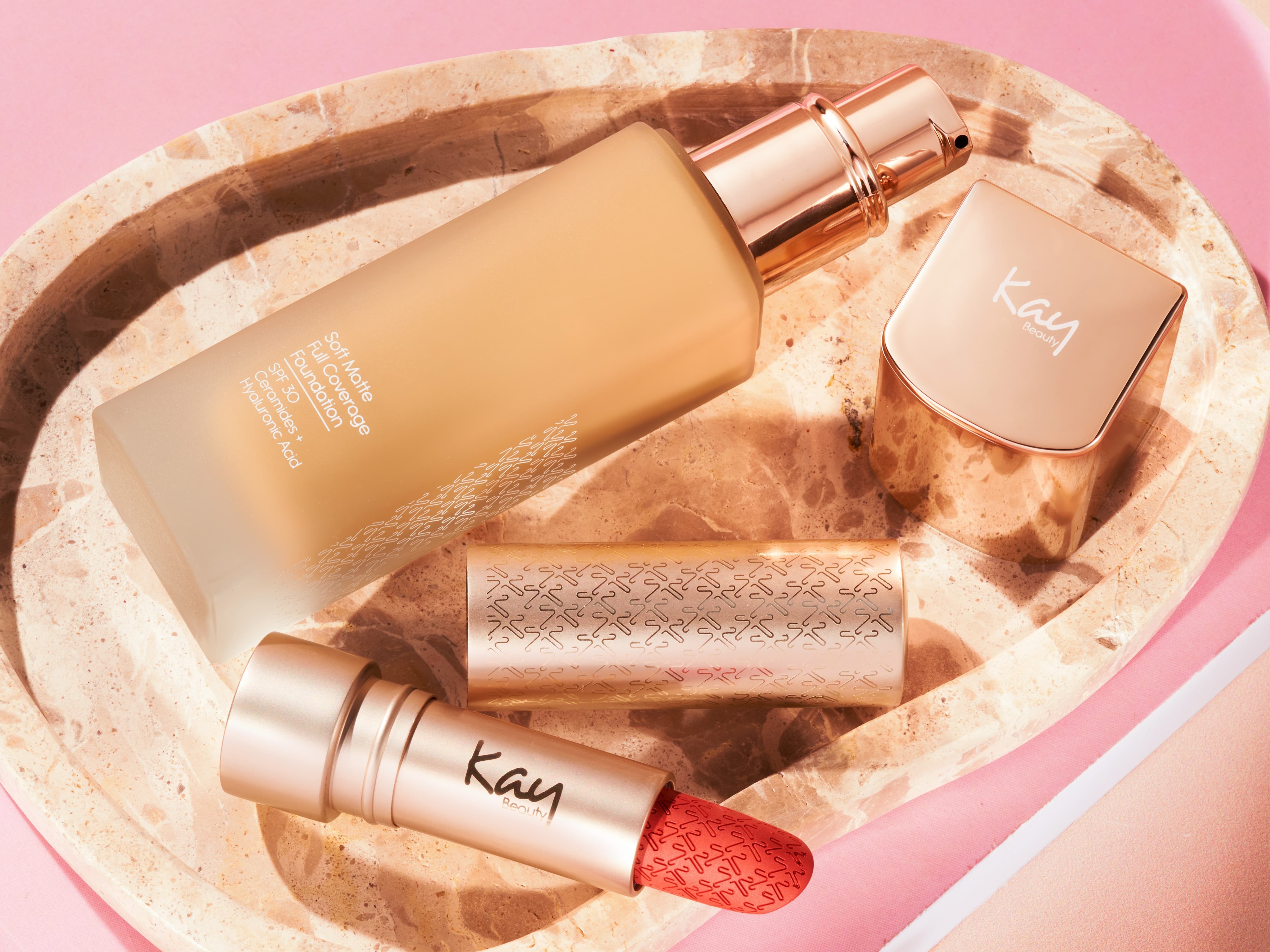Beauty Packaging: Decoded

Ever turned a beauty product over to spot an unusual symbol or mysterious looking logo on the back? Over the past few years, growing awareness has seen us regularly checking the ingredients on the back of the pack to identify those we know are most effective for different skin concerns. Take hyaluronic acid or vitamin C for example. While you’ve been inspecting ingredients or browsing the usage guidelines, you may also have noticed a smattering of miniature logos each of which offers some pretty important insights into areas such as care, recycling restrictions or the recommended period after opening date. We’re here to help decipher what some of the most common symbols mean for you.
PLASTICS RECYCLING LOGO
Related to plastics recycling this symbol and the number inside refers to the type of plastic the product is made from and any restrictions on recycling. REN Clean Skincare’s Global Ambassador, David Delport talked us through visual signs for different types of plastics and the issues surrounding recyclability, “many plastic packs contain different mixes of plastic, which makes them non-recyclable as they are difficult to separate. Generally speaking, anything transparent or white is easier to recycle and anything that feels heavy is less environmentally friendly.”
In recent years, REN Clean Skincare partnered with TerraCycle to create a 100% recycled plastic bottle that uses 20% reclaimed ocean plastic for Ren Clean Skincare Atlantic Kelp and Magnesium Anti-Fatigue Body Wash - Ocean Plastic Edition, N/A. “Our ocean plastic initiative is a landmark in sustainable beauty, and we hope it paves the way for others to follow,” says David.
It’s also important to recognise the changing face of recycled beauty products. “Grey is the new green for the future of sustainable beauty and it’s time to update our perceptions of luxury. Recycled plastics are not as clear as first use plastic but it’s a small price to pay in the battle for cleaner beaches, oceans and healthier ecosystems,” says David. To find out more about the recycling restrictions on the back of your favourite products, this Plastics Cheat Sheet by Green Living Tips shares plenty of handy information on the most common types of plastics, whether it’s widely recyclable or if it can be reused.
PERIOD AFTER OPENING
You’ve probably spotted this half open jar on the back of at least one of your favourite products. This symbol is the PAO logo or the period after opening that helps give a guideline to monitor contamination.
“Just like you wouldn’t eat expired eggs out of the refrigerator, expired products could cause issues for your skin and lead to breakouts or a rash,” says Dr. Goldfaden, founder of Goldfaden MD. “The reality is if you’re using a product correctly you will probably use it all before it expires.”
However, if you’ve had the product for significantly longer than the PAO look out for these common signs your product may have expired: the smell has changed, the colour has changed, the texture has changed or separated into layers or there are dark spots in the product,” advises Dr Goldfaden.
If you find any evidence of this, it’s better to be cautious and dispose of the product. The recommended PAO varies by product type and category, the most common PAO for cosmetics range between six, nine or twelve months and this is indicated by the number inside the small pot so when you open anything new make a mental note of how long you have to use the product.
REFER TO INSERT
The pointed hand and finger looking at a brochure is one of the more self-explanatory logos you’ll spot. In short, it means that you should consult the brochure or booklet that comes with the product to find out additional information. This may be for further information on ingredients, product usage tips or even warnings about certain uses that could not fit on the back of the product due to space restrictions.
LEAPING BUNNY LOGO
The Leaping Bunny logo is part of an international programme by Cruelty Free International to stop testing on animals. According to their website “use of the Leaping Bunny logo provides shoppers with the best assurance that a brand is doing all it can to remove animal testing throughout its supply chain.” Companies who sign up to the programme must also agree to independent audits. To find out if products are Leaping Bunny certified you can browse their product search page or check the back of packaging or website of the company.
PETA’S CRUELTY FREE BUNNY
PETA’s Cruelty Free Bunny logo on the back of a product symbolises that the company has committed in a written statement that they do not conduct, commission or pay for any tests on animals for ingredients, formulations or finished products and that they pledge not to do so in the future. This written assurance is then verified by Peta in the form of a short questionnaire requiring companies to sign a commitment, after which a brand can pay to use and license the bunny logo.
ESTIMATE SYMBOL
Related to European Union regulations, the squashed lowercase “e” on the backs of products refers to the EU’s “average fill” policy. Displaying the “e” symbol which stands for estimate means that the product was shipped within the EU and confirms that the products comply with EU regulations about the average measurements of products. Put simply, seeing a lowercase “e” should give you confidence that the weight or volume of your much-loved products are clear and accurate to the estimated net weight on the back of the pack, something that is protected and enforced in EU law.
THE GREEN DOT
The Green Dot symbol is in fact a circle with two interlocking arrows inside (somewhat confusingly), it is also commonly seen in black and white rather than the original green hue. The Green Dot is a registered trademark used to show compliance to European recycling and packaging waste legislation. According to the Green Dot Licensing company, “European legislation places the responsibility for the recovery and recycling of packaging waste onto the companies that handle packaging. Using the green dot proves that they have complied with packaging waste legislation.”
CE LOGO
The CE logo is another logo related to European regulations, however this one is to-do with health, safety and environmental protection standards. The requirements are to do with all products traded on the single market within the European Economic Area and use of the logo shows that the product is compliant with all necessary safety, health, environmental requirements.





.jpg)
